To shell-ebrate our weird and wonderful egg-laying animals at the zoo, we’re eggs-cited to highlight six of our cracking species and conservation projects!
GREAT CRESTED NEWTS
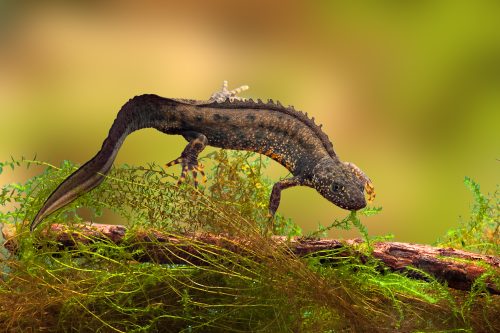 With their bright orange bellies and distinctive crests, great crested newts are like miniature dragons! They’re our largest and most endangered newt here in the UK and have been declining in number for several decades. However, as you’re reading this, these beautiful little amphibians are laying thousands of eggs across our site here at the zoo!
With their bright orange bellies and distinctive crests, great crested newts are like miniature dragons! They’re our largest and most endangered newt here in the UK and have been declining in number for several decades. However, as you’re reading this, these beautiful little amphibians are laying thousands of eggs across our site here at the zoo!
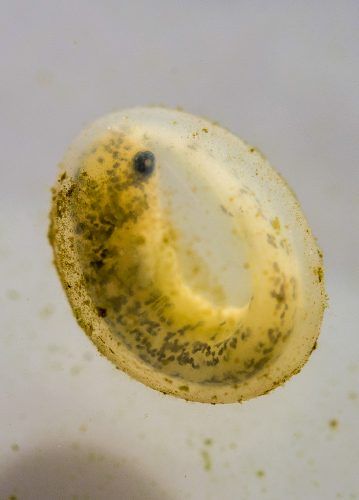
The females very carefully wrap each egg in the leaves of aquatic plants, which are then left to develop and survive on their own.
Our dedicated team of conservationists are specially trained to monitor these newts and their eggs, and hatched a plan to build and manage habitats for them and help newts across Cheshire. Keep your eyes peeled for more info on these unique little wonders in our Islands zone!
BARN OWLS
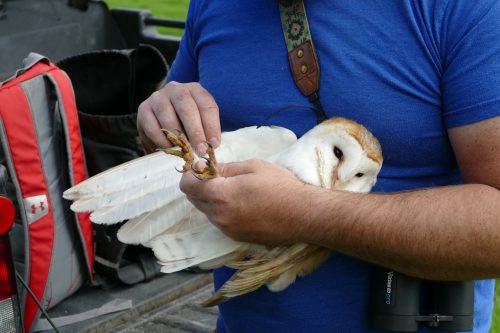
Often known as the ghosts of the night thanks to their staggeringly silent wing beats, pale plumage, and nocturnal nature, barn owls are one of our most treasured species in the UK. Their heart-shaped face, delicate feathers, and graceful flight pattern make them a captivating sight for birdwatchers and nature enthusiasts alike.
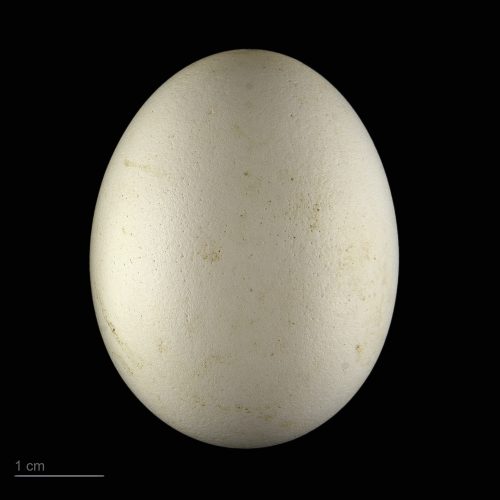
We installed nesting boxes on our site to provide extra homes for them, and our scientists carefully monitor them and their eggs to check population trends and identify any potential issues.
Not only that, but we’re also constantly managing the habitats on our estate and our Nature Recover Corridor to provide feeding habitat for these beautiful birds across Chester. Barn owls are a crucial part of the UK’s ecosystem, providing many key functions such as disease control. The pellets that they cough up often contain the bones of their prey, and it’s one way that we found that the rare harvest mouse was thriving on our estate after being successfully reintroduced over 20 years ago! So, let’s celebrate these majestic birds and all they do to keep our environment in tip-top shape!
GREATER BERMUDA SNAILS
These tiny tropical snails are among the most critically endangered species in the world and are a crucial part of the natural heritage of Bermuda. They lay clusters of white, circular eggs (smaller than a grain of rice), and their young develop and hatch within a few weeks.
They were thought to be extinct in the wild in the early 1990s as their numbers had declined massively due to changes to their habitat and the introduction of several predatory snails. Also, at just 2 cm long, they’re tricky to spot! Fortunately, a small number of these critically endangered critters were rediscovered in 2014 when, by chance, someone with superhuman snail ID skills stumbled upon them by chance outside an ice cream shop in Bermuda!
This remarkable rediscovery sparked an urgent recovery mission, and a population of snails was quickly flown to the UK. Our team has since worked together with partners to reverse their fates. We’ve led a fantastic breeding programme at the zoo and have released a world-record amount of snails back into the wild — a shell-shocking 110,000! Crucially, we also continue to work with our partners to monitor how they’re doing on the island. This unprecedented, hugely successful project has provided a vital lifeline for a species that was on the brink of being wiped out forever. So, keep your ID skills sharp, you never know when a species might need you to bring it back from the brink.
KOMODO DRAGONS
Only found on the tropical island of Komodo in Indonesia, these venomous living dinosaurs are the world’s largest lizards, growing up to 10 feet long and weighing up to a whopping 90kg! The females use their powerful legs to dig holes around 2m deep, where they lay 15–30 eggs the size of grapefruits and seal this back over. These underground nests keep the eggs warm and safe from predators and the elements until they’re ready to hatch.
Once hatched, Komodo dragon babies are fully formed and ready to take on the world. And they need to be — adult dragons, including the parents, will try to eat the young after they hatch! Luckily, each dragon is born with a natural instinct to climb trees, which helps them to make a quick escape and stay safe until they’re big enough to fend for themselves.
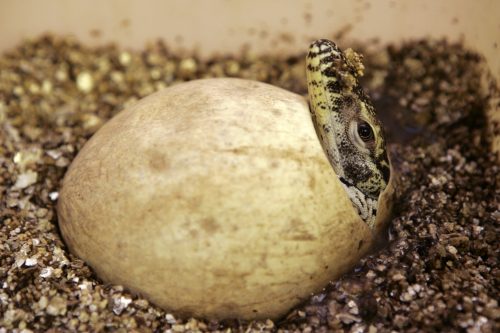
Chester Zoo holds the studbook for these precious predators, meaning we’re responsible for managing the breeding of Komodo dragons in human care for most zoos in Europe (all those that are part of the European Association of Zoos and Aquaria — EAZA). This is crucial as Komodo dragons are a critically endangered species, and their wild relatives are declining rapidly due to habitat loss, hunting, and other threats. However, our scientists are working closely with in-country partners to conduct vital research on wild populations to monitor and help protect them in Indonesia.
From their sheer size and strength to their venomous bite and unique reproductive habits, these lizards are true wonders of the natural world, and we’ll continue to do all we can to protect them.
BERMUDA SKINKS
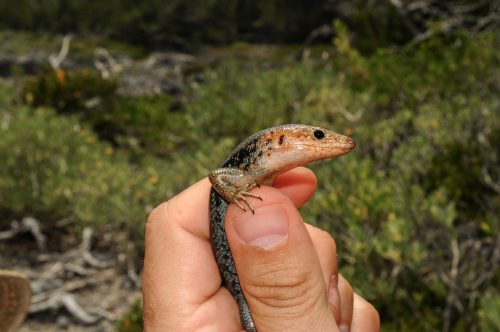
This remarkable, endangered lizard is also only found on the islands of Bermuda and is one of the rarest reptiles in the world. Almost nothing was known about this rare species, and Chester Zoo has the only population under human care in the world.
As they’re quite shy and secretive, we have cameras observing our Bermuda skinks 24 hours per day at the zoo, which allows us to find out things we never could in the wild. That means almost everything our scientists observe is new knowledge. We’ve found that, unlike most lizards, which bury their eggs in the ground or in nests, Bermuda skinks typically lay 2–6 eggs under rocky crevices or on top of substrate in their burrow (away from the prying eyes of predators) and will sit on the eggs guarding them. As the eggs aren’t buried in soil, which can provide important nutrients and moisture for the developing embryos, the skink has developed a special adaptation to deal with this — they produce eggs with a much larger yolk than other lizards, providing all the nutrients a growing skink needs.
Unfortunately, these adaptations can’t save them from human activities, and the species is on the brink of extinction because we’re destroying their wild homes, throwing away too much litter, and introducing animals that are not from Bermuda to the islands. But we are on a mission to protect this critically endangered critter through our work here at the zoo and in Bermuda.
We’re conducting crucial research on the species in the wild alongside running an expertly managed breeding programme, capturing and breeding skinks in a controlled environment before releasing them back into the wild on one of Bermuda’s small islands.
Our scientists are also attaching satellite tracking belts, which will provide precise data for us to closely monitor their movements on the islands and afford vital insights into their lives.
MALAY CRESTLESS FIREBACK
Named for the striking fiery plumage on its crestless back, this beautiful pheasant is one of the most endangered species in the world. They’re native to Southeast Asia, and the females are responsible for keeping the eggs warm and caring for the young. They’re also able to produce multiple clutches of eggs in a single breeding season (just in case the first clutch fail or are eaten), giving them a better chance at producing chicks that survive.
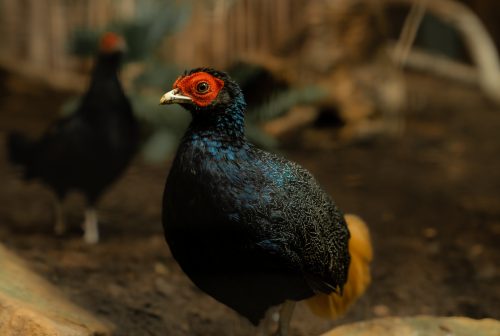
In 2000, scientists thought there were around 10,000–20,000 of these stunning birds left in the wild, but recent research suggests the species has since undergone a catastrophic decline due to poaching and habitat loss. One of the biggest reasons for this tragic loss of their forest homes is the expansion of oil palm plantations.
Fortunately, we’re eggs-ploring new ways of protecting these and other wildlife in Malaysia and Indonesia through our work on sustainable palm oil. The Roundtable on Sustainable Palm Oil (RSPO) has set a global standard that’s bringing people together to produce and source palm oil that’s better for wildlife and people. You can support this by using our PalmOil Scan app to only purchase products with RSPO certifications. From chocolate to shampoo, you’d be surprised just how many everyday products contain this useful oil. By only buying things from the supermarket with sustainable palm oil in, you can help protect precious wildlife like the Malay crestless fireback!
JOIN US FOR THE REALLY WILD EGG TRAIL THIS EASTER AT CHESTER ZOO
Calling all eggs-plorers! Join us this Easter for a trail like no other. Will you be able to find our giant flamingo egg? Uncover the hidden world of seahorse eggs? And discover how a butterfly hatches?
We have hidden six giant animal eggs around the zoo… but they might not be the animals you would expect! Collect your map and follow our Really Wild Egg Trail to learn more about the incredible animals that start their lives in an egg!
1-16 April